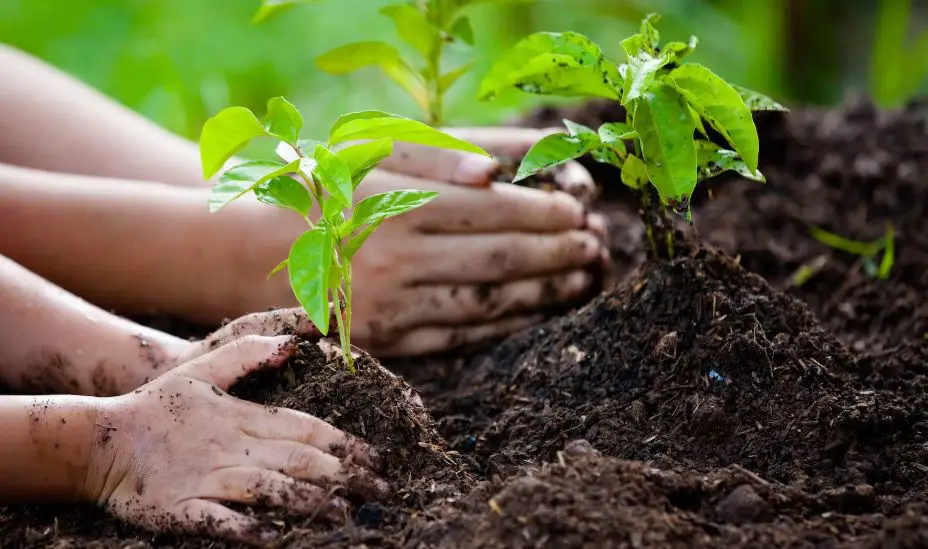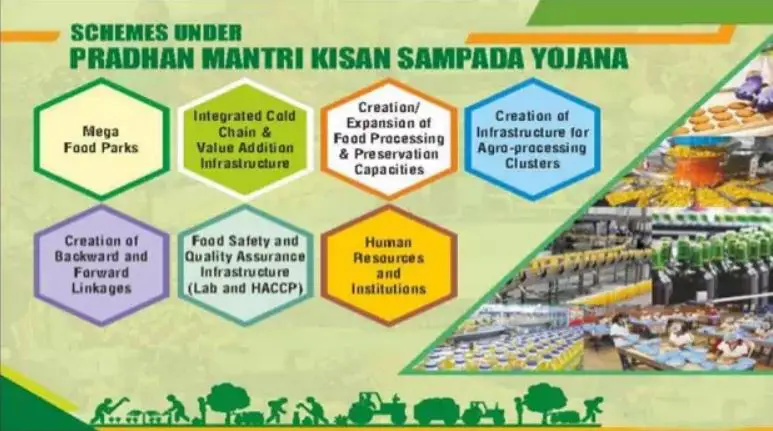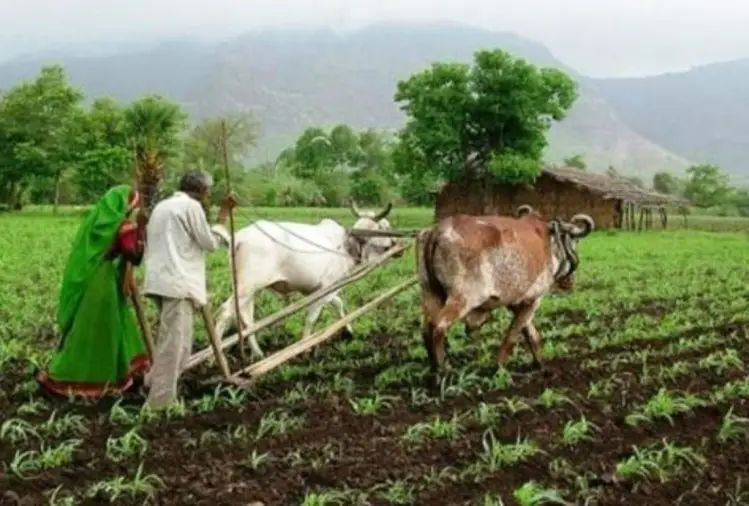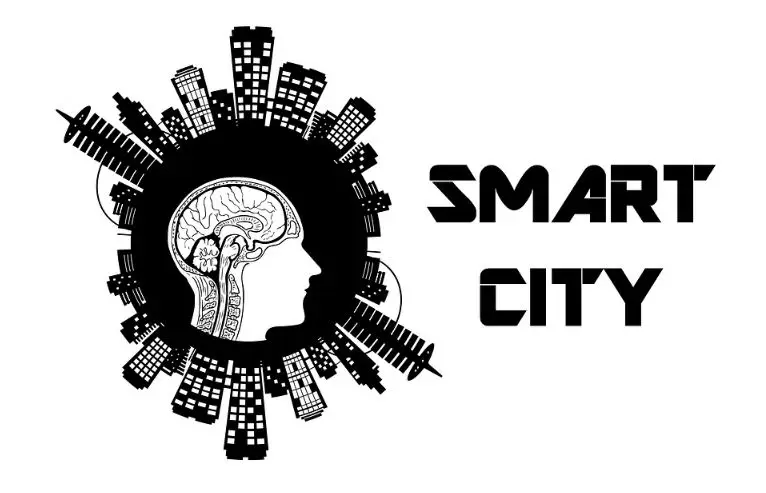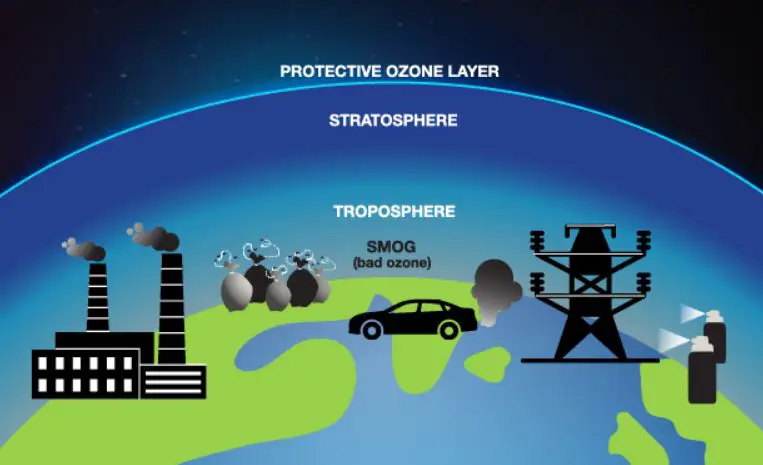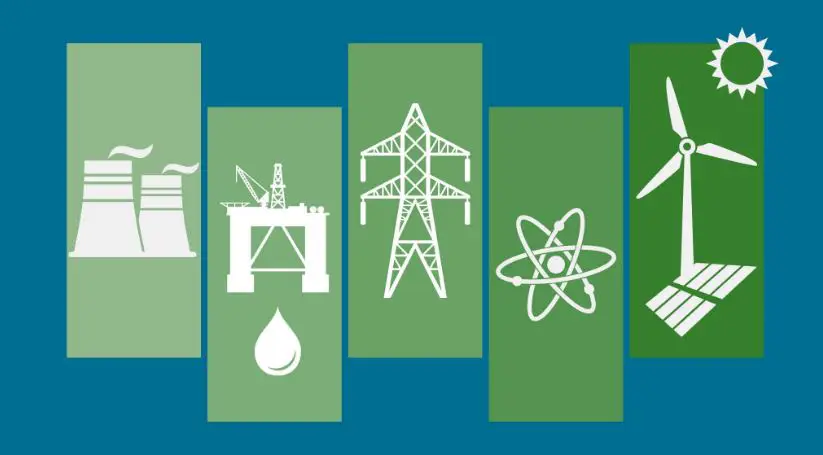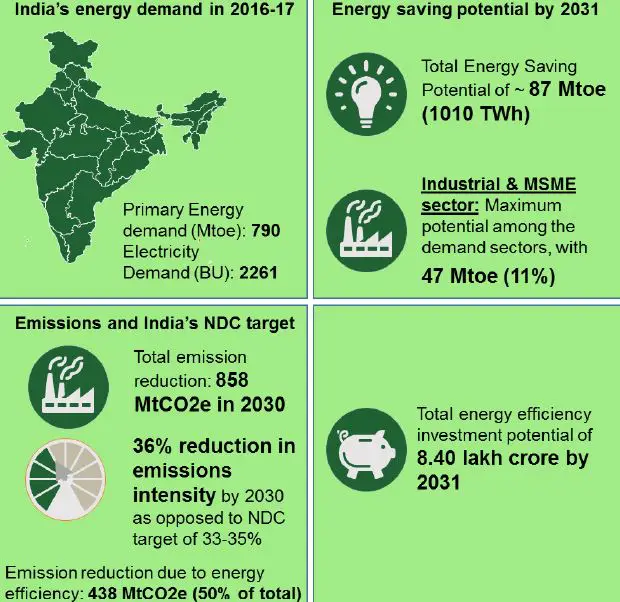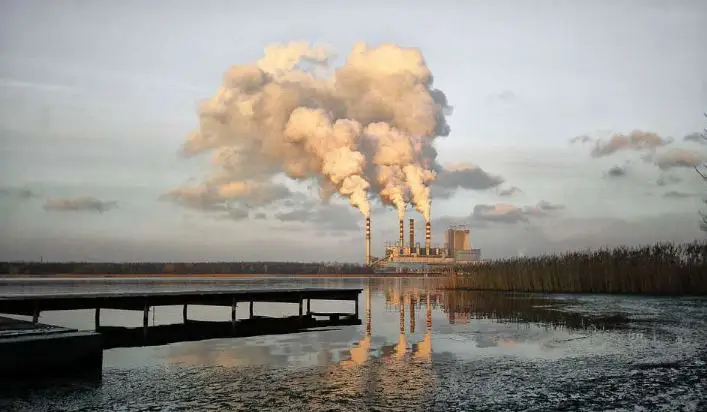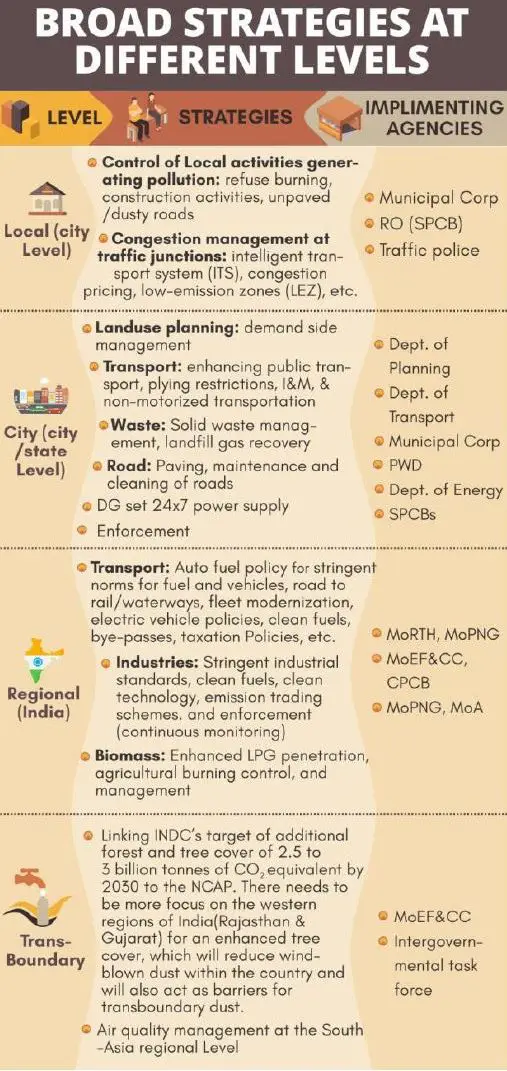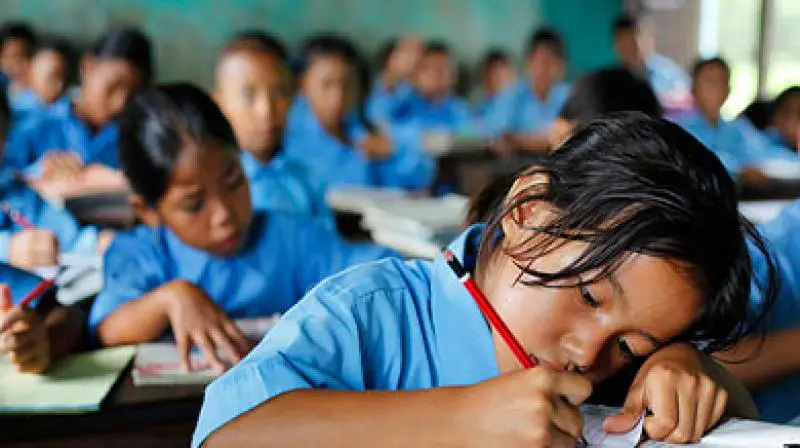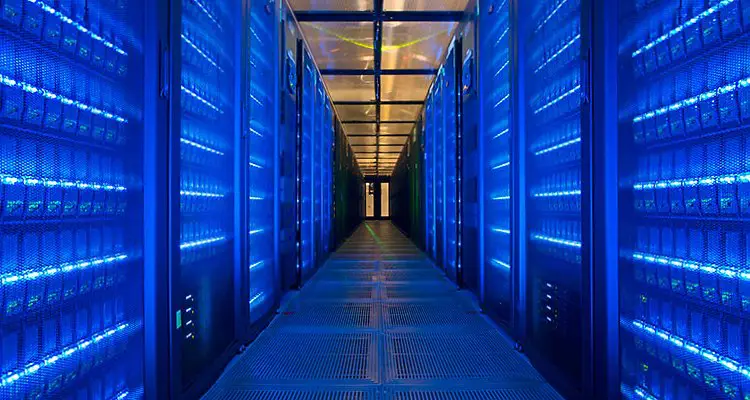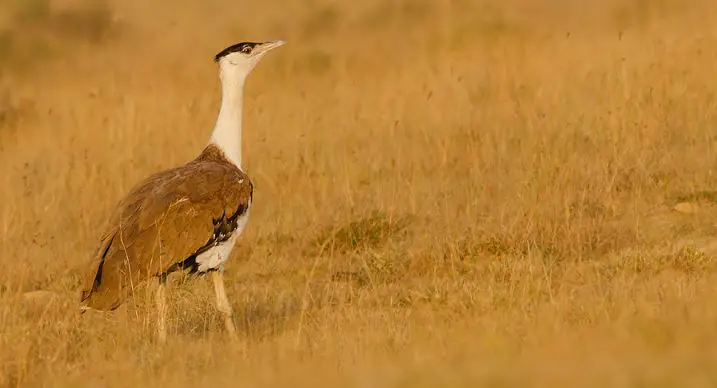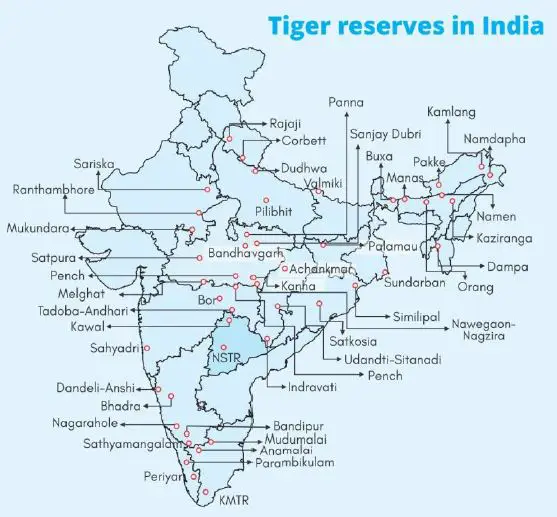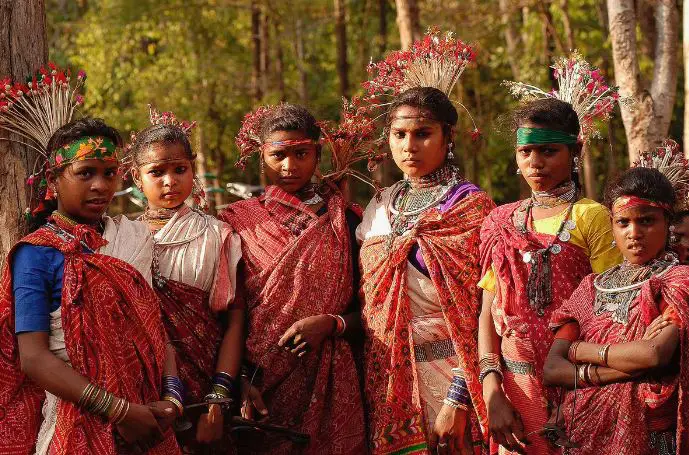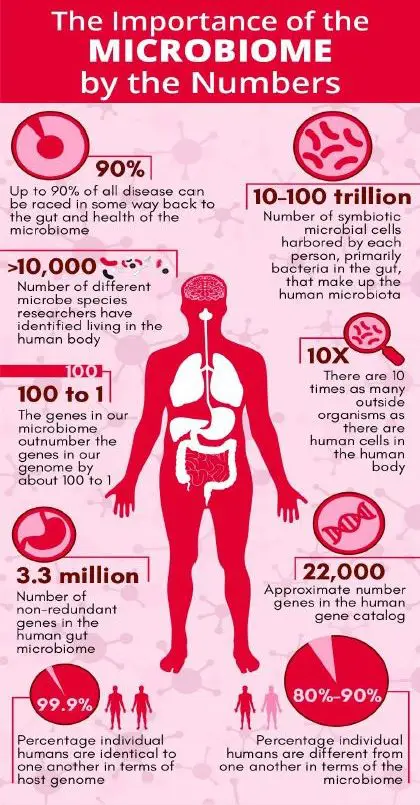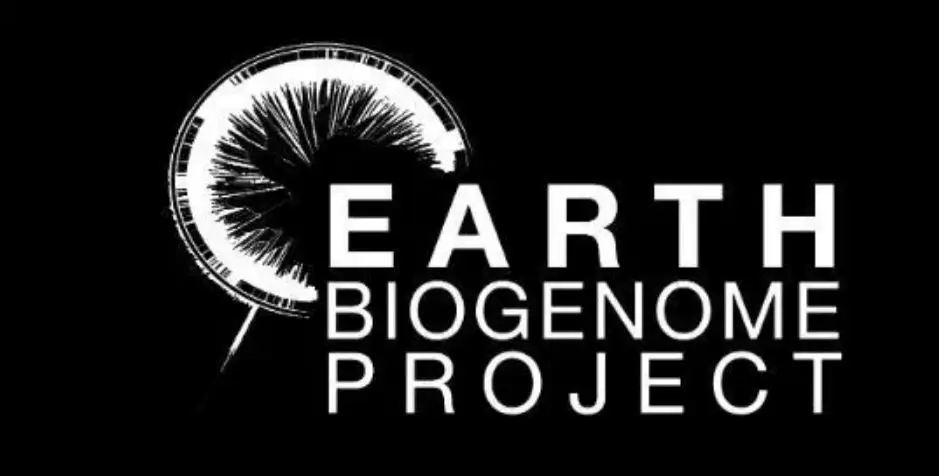
Rashtriya Arogya Nidhi (ran) Scheme – India | UPSC – IAS | Pib
After withdrawing the National Policy for Treatment of Rare Diseases (NPTRD), the Minister of Health and Family Welfare has approved a proposal for adding a sub-component under the umbrella scheme of Rashtriya Arogya Nidhi (RAN) for provision of one-time financial assistance to those below threshold poverty line for specified rare diseases which require one-time treatment
About Rashtriya Arogya Nidhi | UPSC – IAS | Pib
- The RAN was set up to provide financial assistance to patients, living below poverty line and who are suffering from major life threatening diseases, to receive medical treatment at any of the super speciality Hospitals/Institutes or other Government hospitals.
- The financial assistance to such patients is released in the form of ‘one-time grant’, which is released to the Medical Superintendent of the Hospital in which the treatment has been/is being received.
- It has been set up as society registered under the Societies Registration Act, 1860.
An illustrative list of categories of treatment to be provided from the fund is as follows :
1.Cardiology& Cardiac Surgery:
- Pacemakers
-
CRT/Biventricular pacemaker
-
Automatic Implantable Cardioverter defibrillator (AICD)
-
Combo devices
-
Diagnostic Cardiac Catheterization including Coronary Angiography
-
Interventional procedure including Angioplasty, Rota-ablation, Balloon Valvuloplasty e.g. PTMC, BPV etc.
-
ASD, VSD and PDA device closure
-
Peripheral Vascular Angioplasty, Carotid Angioplasty, Renal Angioplasty
-
Coil Embolization and Vascular plugs
-
Stents including Drug Eluting Stents
-
Electrophysiological Studies (EPS) and Radio Frequency (RF) Ablation
-
Heart surgery for Congenital and Acquired conditions including C.A.B.G
-
Vascular Surgery
-
Cardiac Transplantation etc.
2. Cancer :
- Radiation treatment of all kinds including Radiotherapy and Gamma Knife Surgery.
- Anti-Cancer Chemotherapy supportive medication and antibiotic, Growth factor,
- Bone Marrow Transplantation- Allogenic Or Autologous
- Diagnostic Procedures- Flow cytometry/cytogenetics /IHC Tumour Markers etc.
- Surgery for cancer patients
- Catheters, central lines and venous access devices.
3.Urology/Nephrology/Gastroenterology :
- Dialysis and its consumable (Both haemodialysis as well as Peritoneal)
- Plasmapheresis in acute renal failure
- Continuous renal replacement therapy in acute renal failure in ICU sick patient.
- Vascular access consumables (Shunts, catheters) for Dialysis
- Renal transplant-cost of renal transplant varies from 2.5 to 4.0 lakh Depending upon type of drug used as per patient need.
- PCN and PCNL Kits
- Lithotripsy ( for Stones)
- Disposables & Stents for endoscopic surgical procedures in Urology & Gastroenterology.
- Liver Transplantation and Surgery for portal hypertension.
4. Orthopedics:
- Artificial prosthesis for limbs
- Implants and total hip and knee replacement
- External fixators
- AO implants, used in the treatment of bone diseases and fractures
- Spiral fixation Implant- Pedicle Screws (Traumatic, Paraplegic, Quadriplegic)
- Implant for Fracture fixation (locking plates & modular)
- Replacement Hip –Bipolar /fixed
- Bone Substitutes
5. Neurosurgery – Neurology :
- Brain Tumors
- Head injuries
- Intracranial aneurysm
- AVMs
- Spinal tumors
- Degenerative /Demyelinating diseases of brain/spinal cord
- Stroke
- Epilepsy
- Movement disorders
- Neurological infections
6.Endocrinology :
- Hormonal replacement for lifelong therapy : – Cases of complicated diabetes which require one time treatment e.g. amputation or renal transplant
– Hypopituitarism
– Hypothyroidism
– GH deficiency
– Cushing’s Syndrome
– Adrenal insufficiency
– Endocrine surgery
- Mental Illness :
- Organic Psychosis acute and chronic
- Functional psychosis including Schizophrenia, Bio-polar Disorders, delusional disorders and other acute polymorphic psychosis Severe OCD, Somatoform disorders, eating disorders
- Developmental disorders including autism spectrum disorders and Severe Behavioural disorders during childhood.
- Drugs :
- Immunosuppressive drugs
- Anti D
- Anti Haemophilic Globulin
- Erythropoietin
- Blood & Blood products/Plasma for patients of Burns
- Liposomal Amphotericin
- Peg Interferon
- Ribavirin
- CMV treatment (IV Ganciclovir, Valganciclovir)
- Voriconazole
- Anti-rejection treatment (ATG, OKT 3)
- Treatment for Post –transplant viral infection
- Any life supporting drugs.
- Investigations:
Ultrasound, Doppler studies, Radio-nucleotide scans, CT Scan, Mammography, Angiography for all organs, M.R.I, E.E.G, E.M.G, Urodynamic studies, Cardiac Imaging- Stress Thallium & PET, Cardiac MRI, Investigation for CMV, BK Virus, TMT, Echocardiography.
Psycho diagnostics, neuropsychological assessments, IQ assessments, blood tests like serum lithium and drug level of carbamazepine, valproate, phenytoin and any other similar medications : CSF studies screening for substances or abuse/toxicology.
- Others :
- Immunoglobulin for AIDP (GB Syndrome ) and Myasthenia Gravis.
- Anti viral
- Anti Fungal
- Wilson disease : Penicillamine A
- Botulinum A toxin injection for spasticity
- Baclofen for spasticity
- Miscellaneous :
Shunts for Hydrocephalus.

